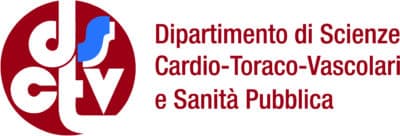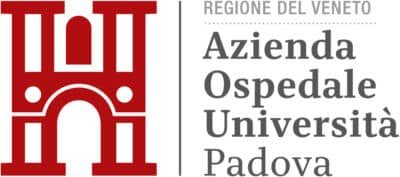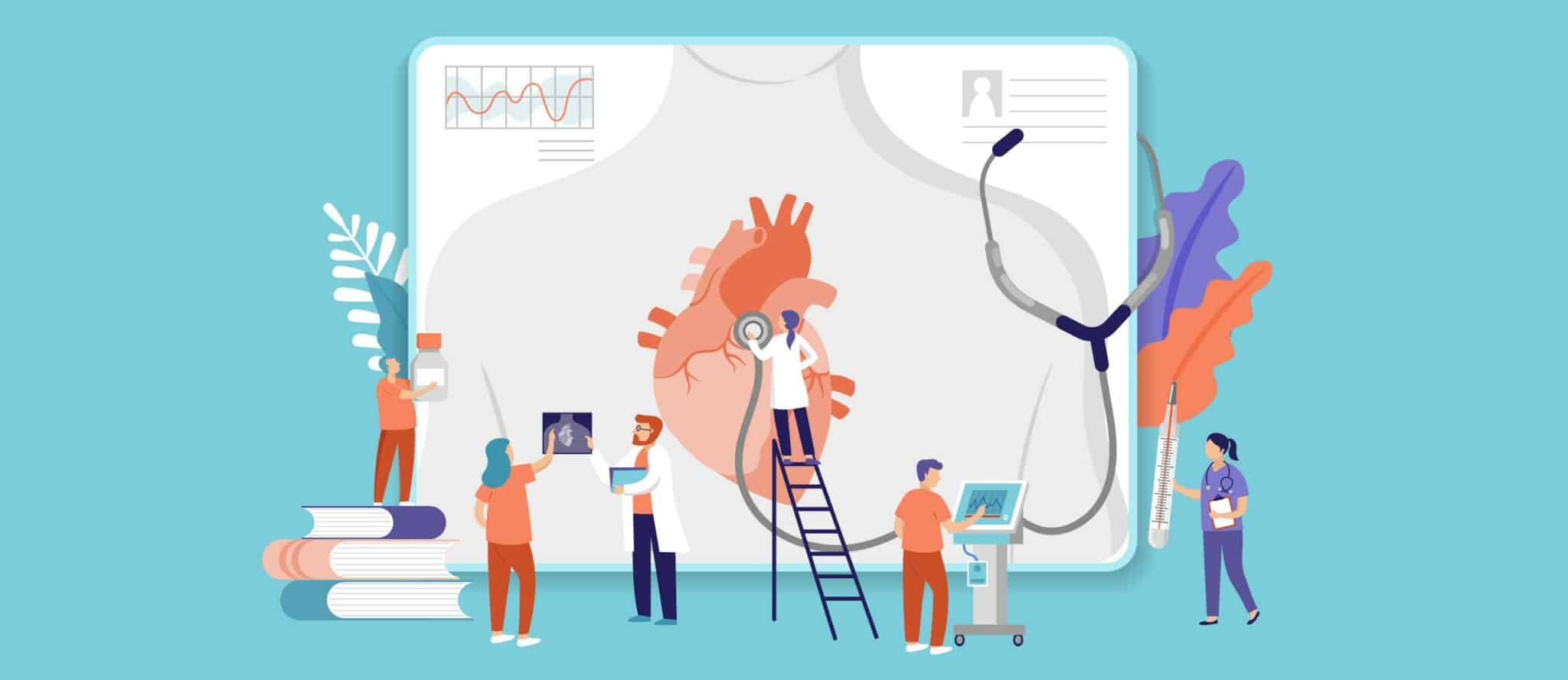

The Master in Cardiovascular Pathology is a professional post-graduate course in specialist cardiovascular pathological anatomy, in an interdisciplinary view.
Its purpose is providing knowledge on new diagnostic and lab techniques, to foster the acquisition of a professional training in the main cardiovascular pathological anatomy techniques, acquired and congenital heart disease, cardiovascular physiopathology and experimental cardiology (autopsy techniques; macroscopic examination of cardiac samples; histological and immunohistochemical techniques, optical microscopy, histomorphometry; serial histological analysis of conductive tissue; use of transmission and scan electronic microscopy for ultrastructural studies; molecular diagnostic methods), with a methodology promoting anatomical-clinical relations for a correct case interpretation and the relationship with the specialist. Thanks to the course’s morphological angle, it is also useful to specialists and surgeons, with particular emphasis on the structural bases of diseases.
The Master in Cardiovascular Diseases covers the following topics:
- Sudden death
- Heart transplant
- Congenital heart disease
- Cardiac surgical pathology
- Endomyocardial biopsy
- Post-surgery and interventional pathology
- Ultrastructural pathology
- Clinical-pathological correlations with advanced cardiovascular imaging (CT, CMR, 3D Echo).
- Cardiovascular forensic pathology
- Molecular pathology of infectious and hereditary cardiovascular diseases.
Lessons will be held both in person and remotely.
The course comprises seminars, lectures and, first and foremost, on the clinical-pathological conference method. Students will take part in:
- Practical sessions on relevant topics (Monday 11 am – 1 pm), in-person only
- Clinical-pathological and forensic pathology conferences (Monday (1:30 – 2:30 pm), blended mode
- Lectures on specific topics (Monday 2:30 – 3 pm), blended mode
- Macroscopic and biopsy microscope practice (Monday 3:30 – 5 pm), in-person only
- Refresher courses/Symposiums/Seminars held by the Structure (1 or 2 days), in-person only
Moreover, students will be required to complete a project work on one of the topics covered.
The Master in Cardiovascular Pathology is mainly addressed to graduates in Specialist (M.D.509) and Master’s Degrees (M.D. 27) in Medicine and Surgery, Veterinary Medicine, Orthodontics and Dental Prosthetics, and Biology.
Preferential requirements are a Specialization in Pathological Anatomy, Legal Medicine, Cardiology, and Cardiosurgery.
Doctors will deepen their knowledge of cardiovascular pathological anatomy, by acquiring professional competence in the main techniques (autopsy, macroscopic examination, histology, immunohistochemistry, optical microscopy, histomorphometry, electronic microscopy, molecular diagnostic), and the correlation work methodology.
Doctors will gain independence in assessing cardiovascular pathologies; will be able to collect and interpret data useful to determine independent decision; will promote original studies; will gain critical analysis and clear communication abilities regarding their knowledge, ideas, problems and solutions to specialist and non-specialist interlocutors, and to society in general.
Moreover, doctors will develop their ability to undertake further studies with a high level of independence, and to promote a technological and cultural innovation, based on the knowledge acquired in cardiovascular pathology, in academic and professional contexts.
The Master in Cardiovascular Pathology provides knowledge in the following thematic areas:
PATHOMORPHOLOGY
- Cardiovascular Pathological Anatomy – Cardiac Morphology: notions of normal heart and vessel anatomy, to better interpret congenital and acquired (even post-surgery) structural defects.
- Cardiovascular Pathological Anatomy – Molecular Biology: diagnostic role of molecular genetics in hereditary-familiar cardiovascular diseases with a risk of sudden death in young people and athletes.
- Cardiovascular Pathological Anatomy – Ultrastructural Pathology: professional training with independent application and interpretation of electronic, scan-based and transmission microscopy, and confocal microscopy.
- Legal Medicine: forensic lessons/conferences on cardiovascular pathology legal medicine cases.
CLINICAL PATHOLOGY
- Cardiovascular Pathological Anatomy – Clinical Pathology
- Cardiovascular System Diseases – Acquired: lessons and seminars on the electrophysiological bases of the main acquired cardiac diseases, often cause of sudden cardiovascular death.
- Cardiovascular System Diseases – Hereditary-Familiar: hereditary and familiar structural and non-structural cardiomyopathies.
- Cardiovascular System Diseases – Cardiac Imaging: lessons on the main congenital and acquired heart diseases, often cause of morbidity and cardiovascular mortality.
- Cardiovascular System Diseases – Inflammatory: lessons on inflammatory heart diseases, often cause of morbidity and cardiovascular mortality.
- Sports Cardiology: lessons on the main cardiopathies that cause sudden death in sports, which can be identified through 1st and 2nd level competitive sports screening.
- Secondary Cardiomyopathies: lessons on the secondary cardiomyopathies that cause cardiovascular mortality.
SURGICAL PATHOLOGY
- Cardiovascular Pathological Anatomy – Surgical Pathology: review and discussion of macroscopic and histological findings concerning congenital and acquired heart diseases, which require a surgery and interventional procedures.
- Cardiovascular Pathological Anatomy – Sudden Death in Infants/SIUD Pathology: review and discussion of macroscopic and histological findings of sudden death in infants.
- Cardiac Surgery in Adults: lessons on the latest surgical techniques concerning the main cardiovascular diseases in adults, for both corrective and replacement purposes.
- Cardiac Surgery in Paediatric Patients: lessons on the main congenital heart diseases in adults, which often cause comorbidity and cardiovascular mortality.
- Cardiac Diseases in Paediatric Patients: lessons on the clinical morphology (bi-dimensional and three-dimensional echocardiography, angiography and magnetic resonance) of cardiac diseases in paediatric patients.
The Master faculty holds annual training courses on congenital heart disease/heart diseases in paediatric patients, and an anatomy course for arrhythmologists, both providing anatomical demonstrations to understand the structural bases of modern imaging and interventional cardiology techniques.
The general ranking of merit for the academic year 2025/26 will be published on the Italian page of this Master according to the timing provided in the Call.
Information
FAQ
The Zoom platform will be used to access remote lessons only.
Yes, the course requires a one-month internship at the Cardiovascular Pathology Unit of the University Hospital of Padua, during the practical sessions.
Unfortunately, no scholarships will be provided, nor any DAC List reserved spots.
Attendance of at least 70% of the lessons is mandatory, according to the scheduled published at the beginning of the Course.
The Master in Cardiovascular Pathology will be held at the Istituto di Anatomia Patologica, Via Aristide Gabelli no.61, Padua.

